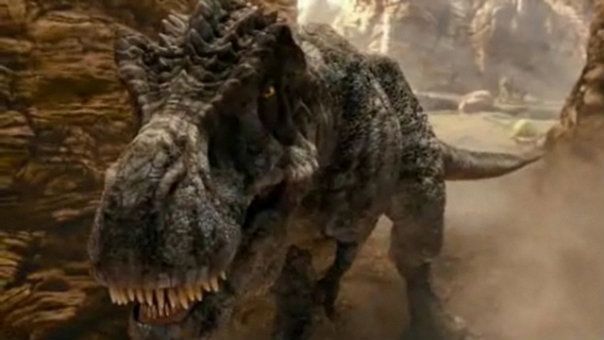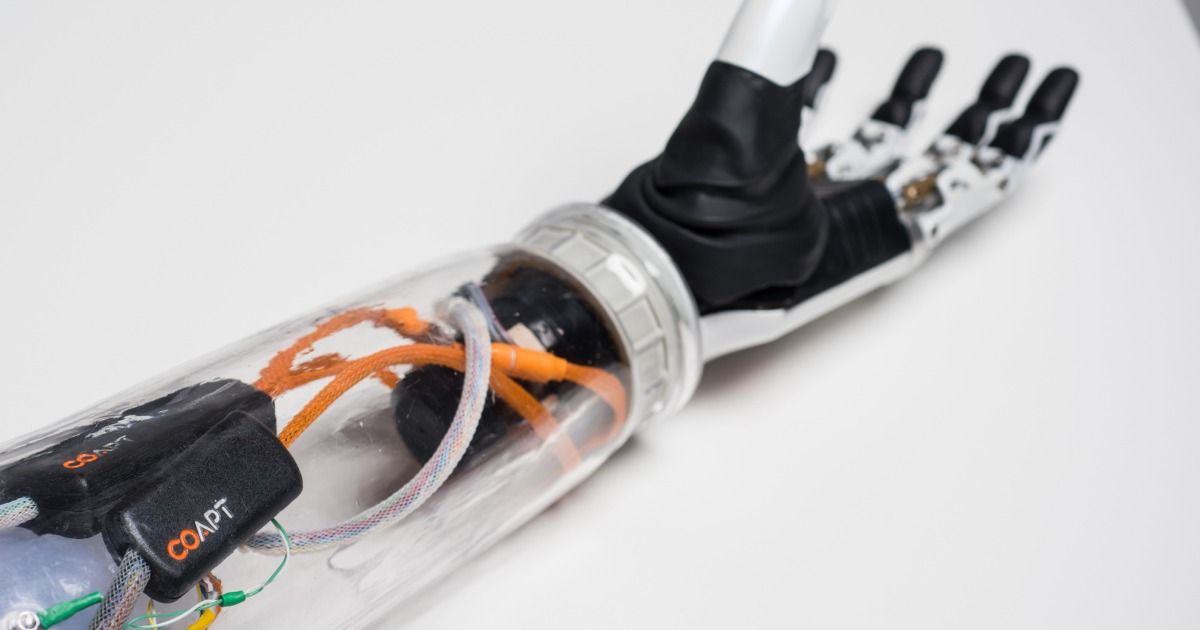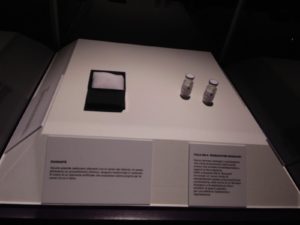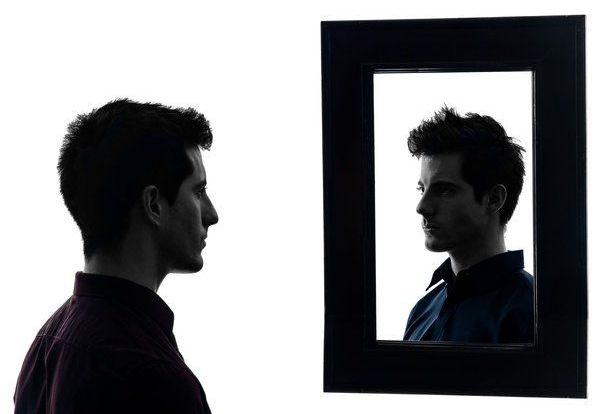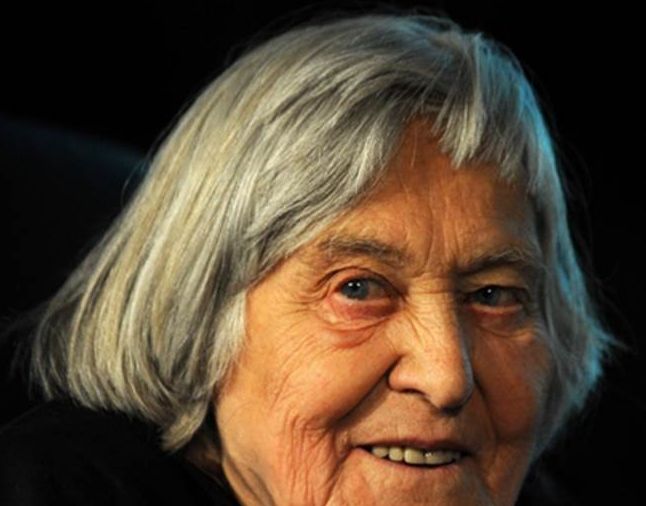The Tyrannosaurus rex may be among the most well-known and terrifying dinosaurs to walk the Earth, but a newly discovered relative may have been even scarier.
Dynamoterror dynastes, a variant of T. rex, was discovered in New Mexico in 2012 by a team of researchers, led by Western Science Center paleontologist Andrew McDonald. It has a slightly different bone structure compared to its successor cousin.
“Despite fragmentation of much of the axial and appendicular skeleton prior to discovery, the frontals, a metacarpal, and two pedal phalanges are well-preserved,” the study’s abstract reads. “The frontals exhibit an unambiguous autapomorphy and a second potential autapomorphy that distinguish this specimen from all other tyrannosaurids.”
